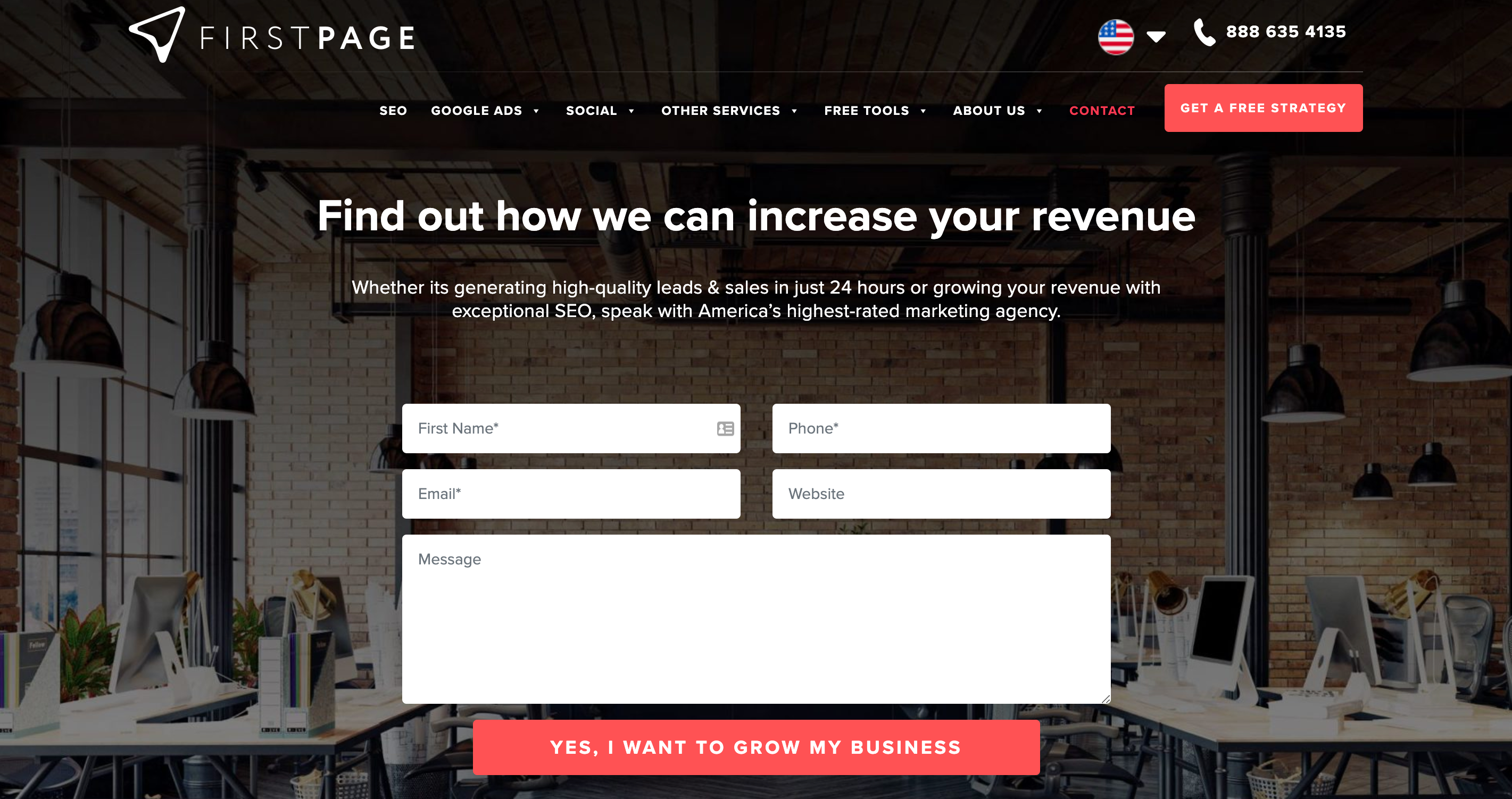Understanding Impressions in Digital Marketing to Increase Traffic
As a business owner, impressions are key to growing your operation. Yet with so many digital marketing concepts to master, understanding how this critical metric affects your online ads and website performance isn’t simple.
While impressions are just one piece of the puzzle for developing an exceptional digital marketing plan, it provides a valuable measure of whether your approach is achieving your organization’s brand awareness goals.
Here, we delve into the basics of impressions in digital marketing and how website owners and advertisers must increase their total number to influence their current marketplace performance.
What are Impressions in Digital Marketing?

Digital marketers use impressions to measure how many views or engagements an online ad, web page, or social media post receives. With many online advertising platforms operating on a cost-per-impression basis, the number of impressions generated can also affect your digital marketing budget.
Whether you’re looking to climb the search results, become a respected industry voice or promote your latest sales campaign, impression tracking helps company owners determine if their strategy is achieving their objectives.
If the number of impressions falls below expectations, this might signal that your campaign concept requires improvements to attract and convert consumers. However, remember that impressions are just eyeballs on your digital advertisement or social media post, not clicks.
How Are Ad Impressions Measured?

While impressions might seem like a basic concept, how online advertising platforms charge for them gets a little more complicated. Known as Cost-Per-Thousand or CPM, the fee you can expect to pay for online advertising impressions is different for every organization.
Understanding CPM

Although CPM isn’t the only way to measure impressions, it’s by far the most common. Yet with the cost of each strategy influenced by factors like demand, audience size, location, device, and industry, achieving your ideal CPM isn’t always straightforward.
However, CPM remains a highly actionable metric for advertisers. As you clearly understand your campaign cost and can easily measure it against other online advertising opportunities, achieving a stellar ROI is within your grasp.
Ultimately, you’ll be charged the CPM when your online advertisement is viewed 1,000 times. For example, a Facebook ad campaign with a CPM of $1 that generates 10,000 views will cost your company $10.
How Are Impressions Tracked?
Now that we’ve considered how online impressions are paid for by advertisers, we can consider the tracking methods. You’ll likely encounter two forms when analyzing your impressions data, so make sure you know the difference.
Served Impressions

When advertisers pay for online advertising, one of the metrics they might receive is called served impressions. Here, the platforms recognize that you’ve paid for ad impressions and count those successfully served. While that might sound positive, the platform might serve your ads somewhere that consumers don’t physically see.
Served impressions are sometimes described as appearing “below the fold,” where your ad isn’t displayed on a consumer’s screen, but loads somewhere on the web page. These impressions aren’t always negative, but websites with mobile incompatibilities might accidentally prevent your ads from being seen.
Viewable Impressions

In contrast, the viewable impressions metric provides a website owner with a clearer picture of their campaign’s performance. Rather than simply being counted when someone loads a web page, viewable impressions track when the ad is displayed on the screen, ensuring you get your money’s worth.
For example, a website user might browse a page but click away before they scroll down to reach your ad. They might also click back before the page is even fully loaded, meaning they never get to view your advertisements. These instances don’t count towards your budget.
Naturally, viewable impressions make more sense for online advertisers than served impressions. If you’re looking to understand the success of your campaign and how the average consumer is being exposed to it, always look to viewable impressions to ensure you’re getting the right idea.
The Best Ways to Increase Impressions

Looking to skyrocket impressions? You can influence your campaign’s performance using several proven digital marketing techniques that get more eyeballs on your website. Consider the following tips to enhance your impression count.
Focus on Engagement

Platforms like Facebook, Instagram, and Google want to serve users with the most engaging content. So, if you’re looking to level up impressions, exploring how to boost the current standard of your content is a wise decision.
For instance, the average consumer wants to feel valued by the businesses they purchase from. By developing a unique brand voice and personalizing your content, it’s possible to form close bonds with your target audience.
As you get to know your customers more intimately, you’ll learn about the content they best respond to. Using these data-driven findings alongside a wealth of other research, enhancing engagement and impressions becomes a reality.
Create A/B Tests

Developing the perfect advertising strategy on your first try is unlikely. Instead, use a technique known as A/B testing to compare similar but different campaign ideas to see which one delivers the most impressions.
With your advertisements offering slightly different target audiences, creative assets, or ad copy, the data collected can highlight how one clearly performs better over another. Even minor changes can have a surprising impact.
After completing this process, you’ll better understand which content resonates with your ideal consumer. This way, your future campaigns can launch with an even greater chance of success.
Watch Out for Impression Fraud

Although impressions remain one of the best ways to measure your campaign’s performance, you must also watch out for a practice known as impression fraud. If your ad is served on a site, but it’s not viewable to the human eye, you’re not getting what you pay for.
You might also receive inaccurate impression data because the website owner uses bots to artificially inflate the number of ad impressions. This wastes your budget and provides misleading information about your performance.
Fortunately, Google has developed sophisticated methods that detect invalid traffic. You can also analyze your impression data alongside other metrics such as IP address and server log timestamps to identify fraud.
Boost Advertisement and Web Page Impressions
Impression tracking remains one of the best ways to understand how your latest campaign achieves your goals. With each advertisement potentially reaching a massive number of users, making the most of each interaction is key to your growth.
Ready to make each impression count? The digital marketing specialists at First Page lead powerful online advertising campaigns every day, ensuring we have the skills to boost your strategy’s performance.
Whether you’re looking to become a dominant social media advertiser or drive clicks to your site from Google, trust us to develop a plan that achieves outstanding results. Get in touch to learn how we’ll achieve your objectives.

















